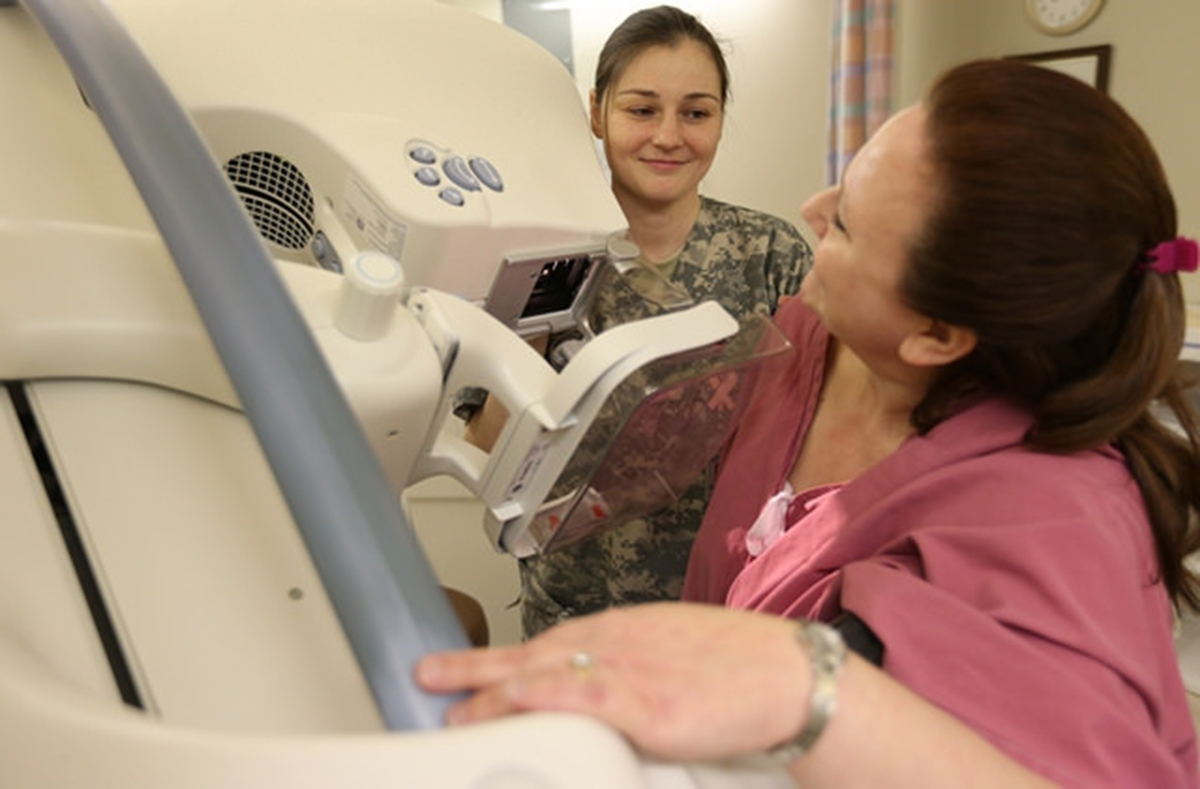Table of Contents
Mammogram is a routinely employed tool for early detection of breast cancer in women. Easy availability, feasibility of use, efficacy and low cost are what make mammogram an ideal technique for timely diagnosis of breast cancer. The uses of mammogram are not, however, restricted to breast cancer identification alone. Among the recently unearthed functions of mammography is screening of heart diseases in women.
Although the prevalence rates of heart diseases among women are changing rapidly, heart problems remain one of the late onset diseases in women. This is mainly because of the protective role of estrogen (the female hormone) in women. The decline in the levels of this hormone with age increases the risk of developing heart diseases, particularly after menopause.

The efficacy of mammography is highest in middle aged women, especially those over the age of 35. Helped along by the fact that heart diseases develop late in women, mammography has emerged as one of the most important diagnostic investigation for heart diseases in women.
How Does Mammography Detect Heart Diseases?
A recent study carried out by Harvey Hecht, M.D., professor at the Icahn School of Medicine and director of cardiovascular imaging at Mount Sinai St. Luke's hospital and his team, discovered a close relationship between the level of calcium deposits in the blood vessels that supply the breast and the deposits in coronary arteries, the vessels that supply the heart. The research included 292 women who had digital mammography and non-contrast CT scans done within one year.
Termed as Coronary arterial calcification, or CAC, the deposition of calcium salts is in the coronary vessels is as dangerous a risk factor for heart diseases as high cholesterol levels, uncontrolled diabetes and high blood pressure. According to the study, due to close anatomical association between the vasculature of breast and coronary arteries, the presence of calcium deposits in breast arteries strongly indicates the calcification of coronary arteries as well.
Statistical data also strongly favors the beneficial role of mammogram. The study showed 70% of the women found to have breast arterial calcification on mammography to have CAC when tested by non-contrast CT scan. Among the women under the age of 60 who were found to have CAC, half were found to have coexisting breast arterial calcification.
READ Tips For Breast Cancer Prevention
Since the odds of false positive on mammography are quite low, the study showed that if a young woman was found to have calcification in breast vasculature, there was an 83% chance that she also had CAC. Breast arterial calcification has now become as strong a predictor, if not better, as Framingham Risk Score for heart diseases in women. Framingham Risk Score is rather thought to overestimate this risk.
The Future Prospects
Being cost-effective and easily available, mammography can help trace subclinical atherosclerosis in coronary arteries by detecting breast arterial calcification. This way, additional testing for the confirmation of heart diseases can be initiated in time.
Timely diagnosis can also help in risk stratification by flagging the high risk patients so that prompt interventions can be employed to treat these cardiovascular problems. Preventive measures in low risk patients can help slow down the progression of the heart diseases. Mammography has, no doubt, redefined the traditional indicators of heart diseases in women.
- Photo courtesy of http://images.wisegeek.com/technician-looking-at-mammography-on-screens.jpg
- Photo courtesy of armymedicine: www.flickr.com/photos/armymedicine/14917131905/
- Photo courtesy of armymedicine: www.flickr.com/photos/armymedicine/14917131905/
- Photo courtesy of ileohidalgo: www.flickr.com/photos/ileohidalgo/9537325628/


Your thoughts on this